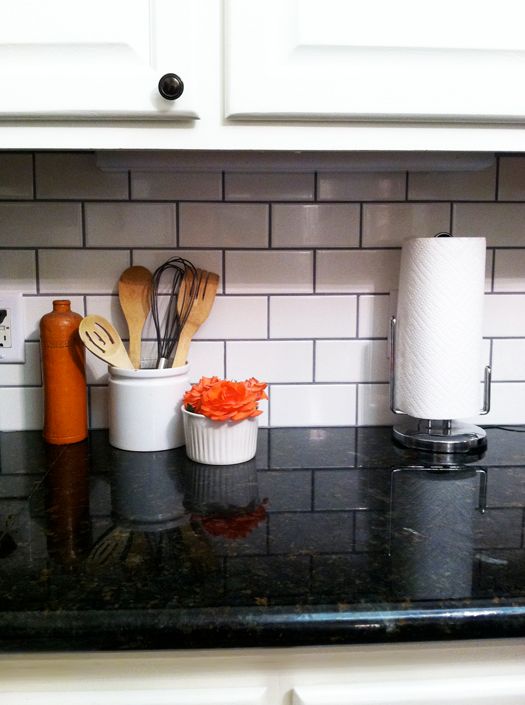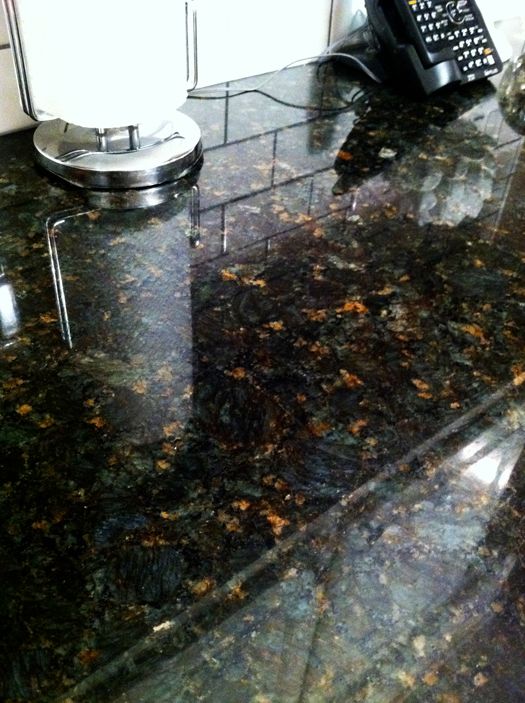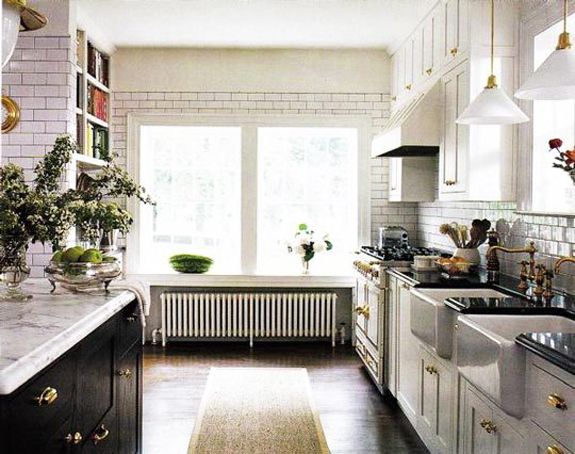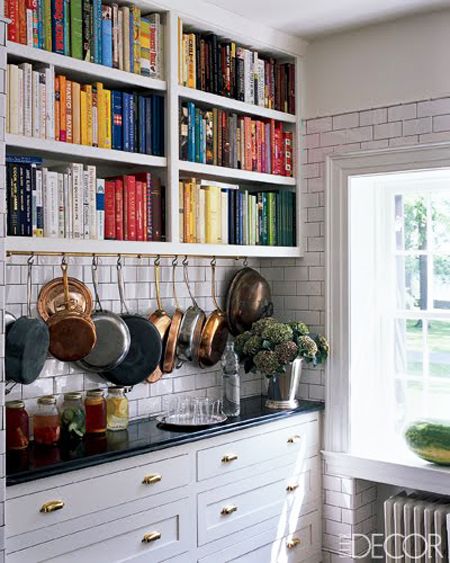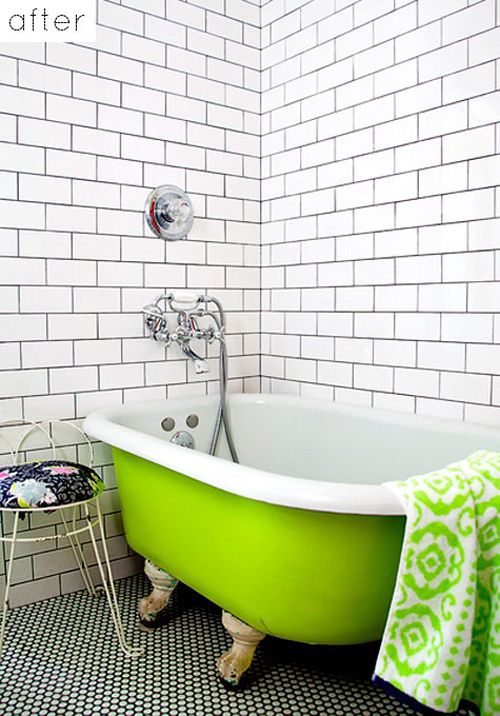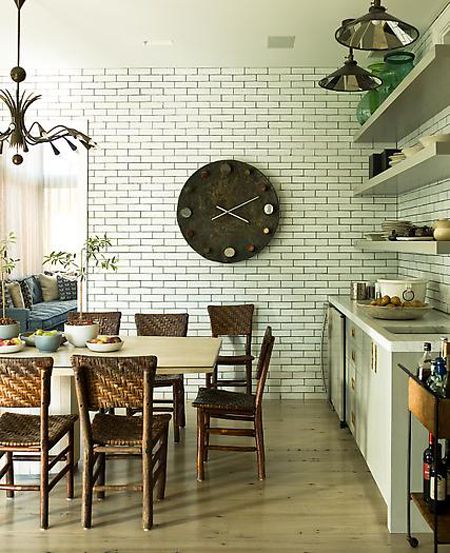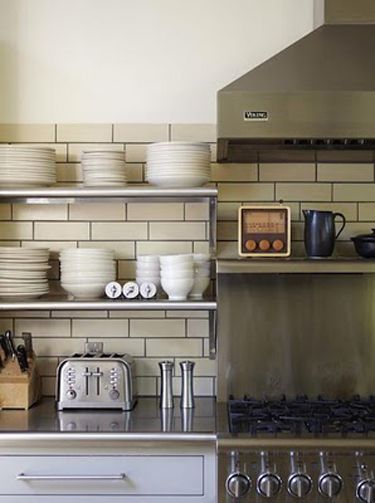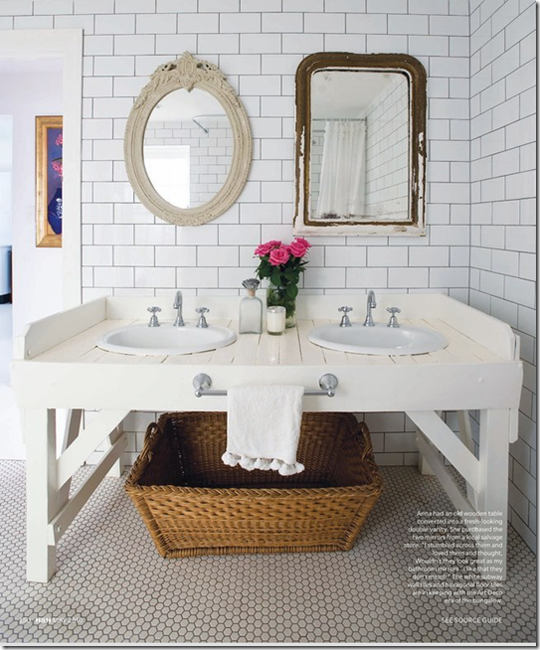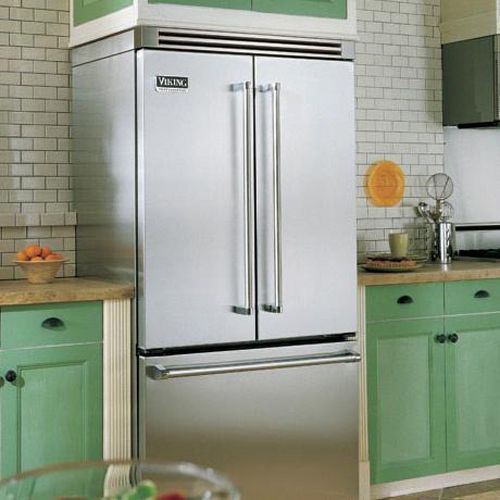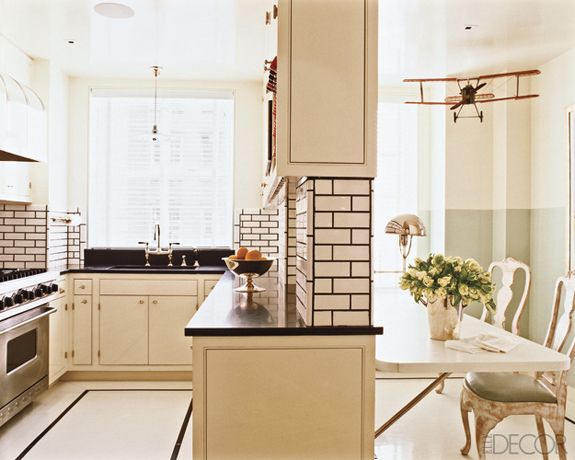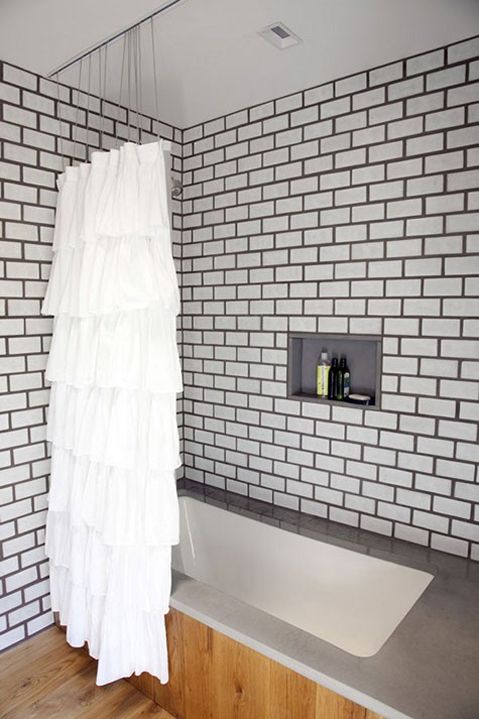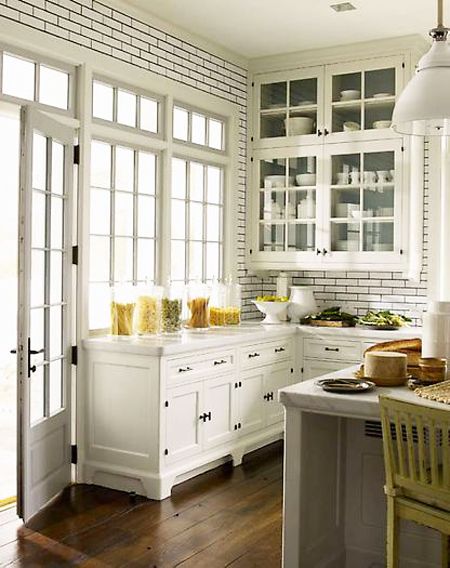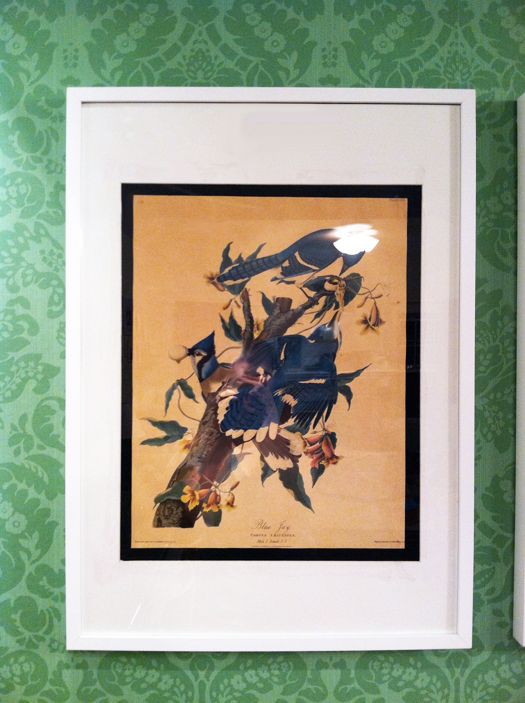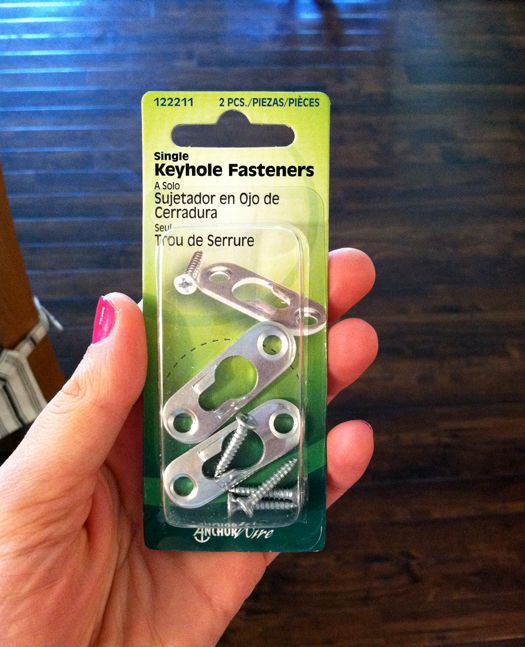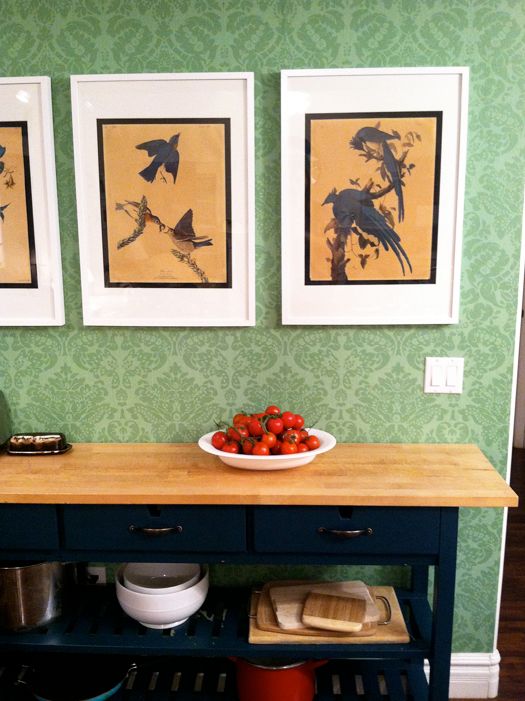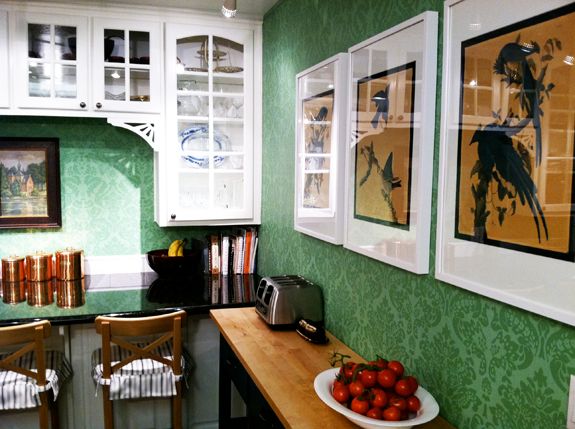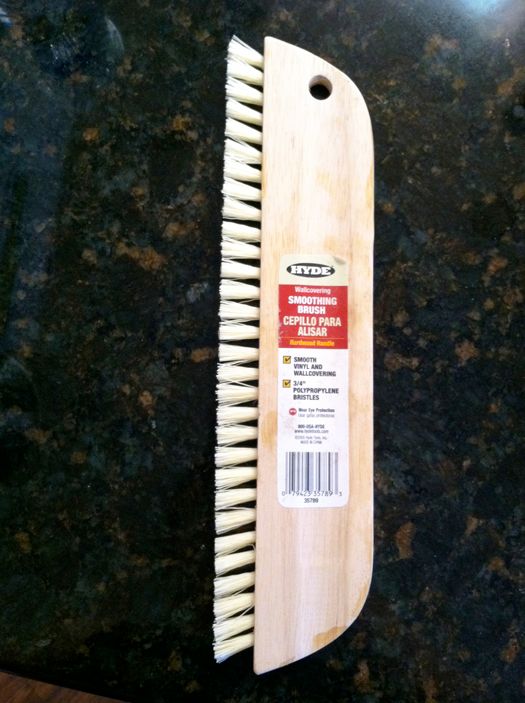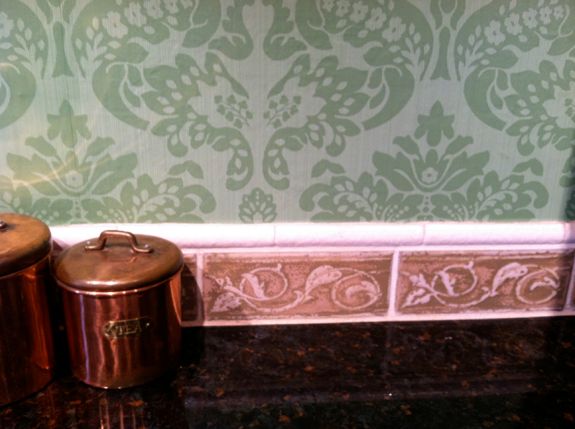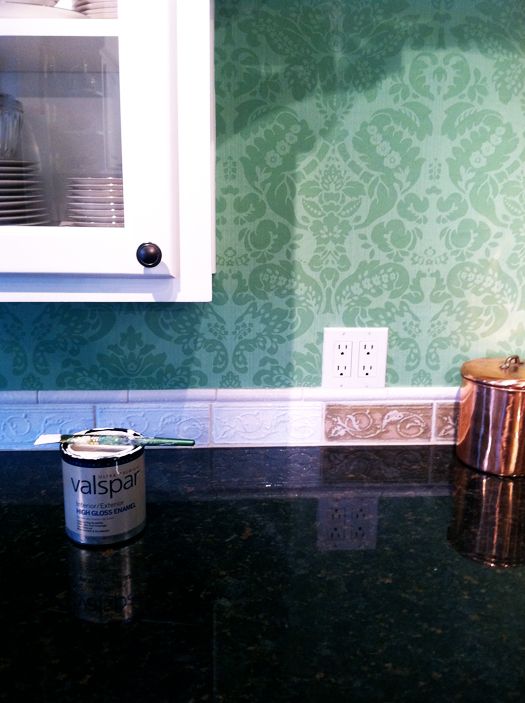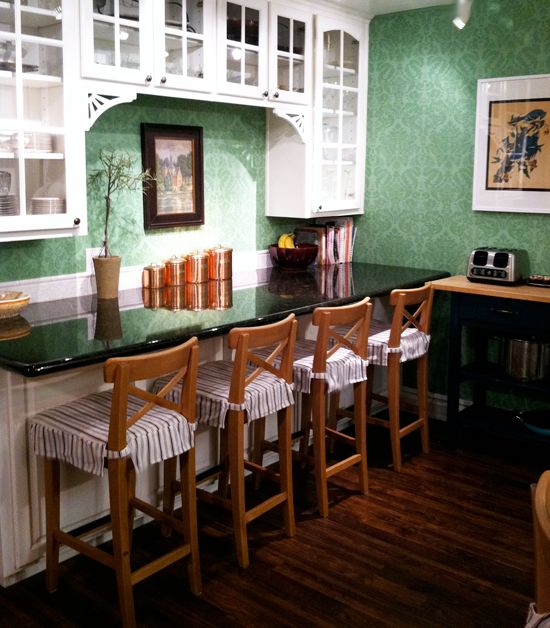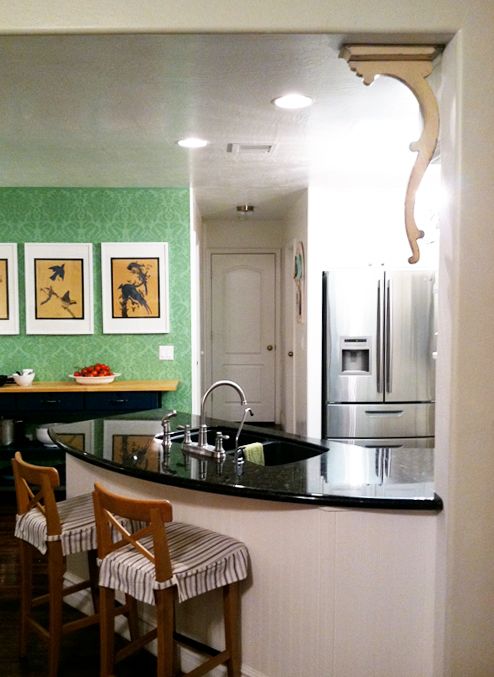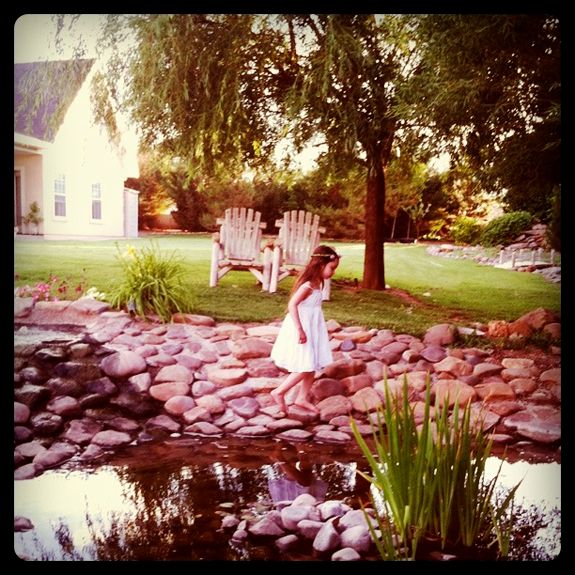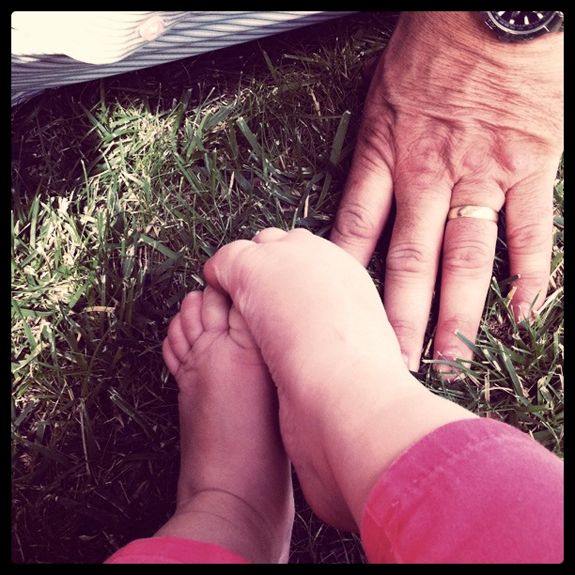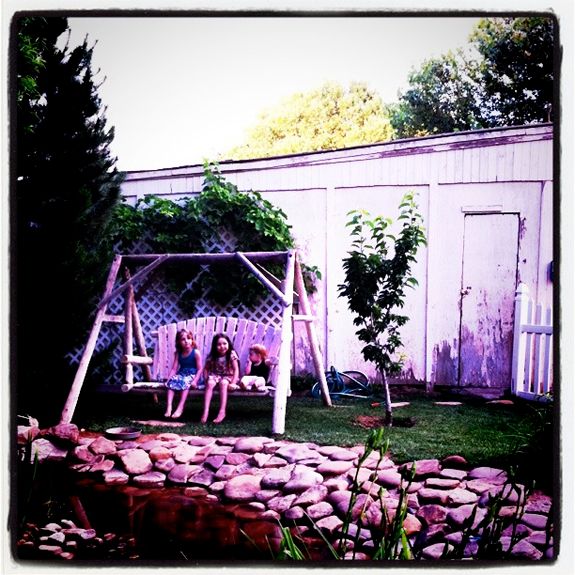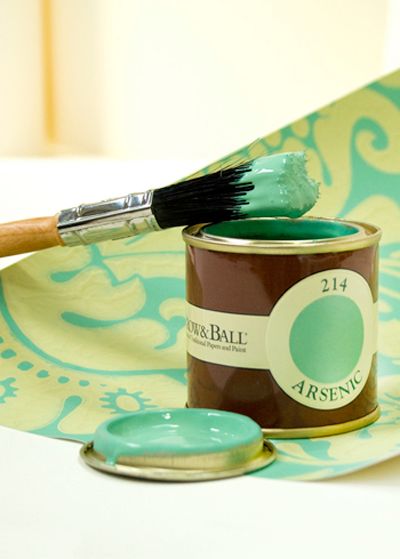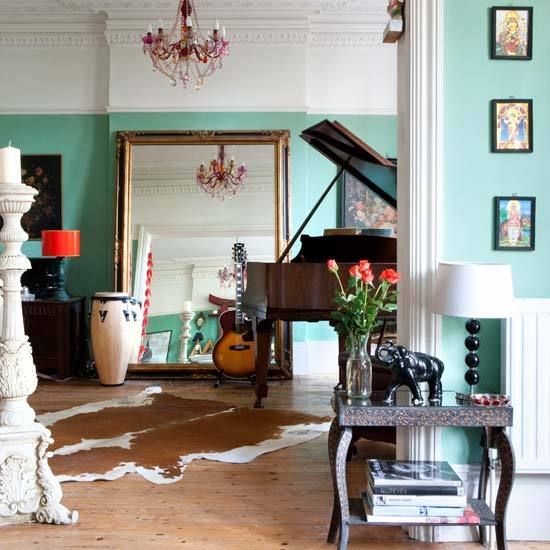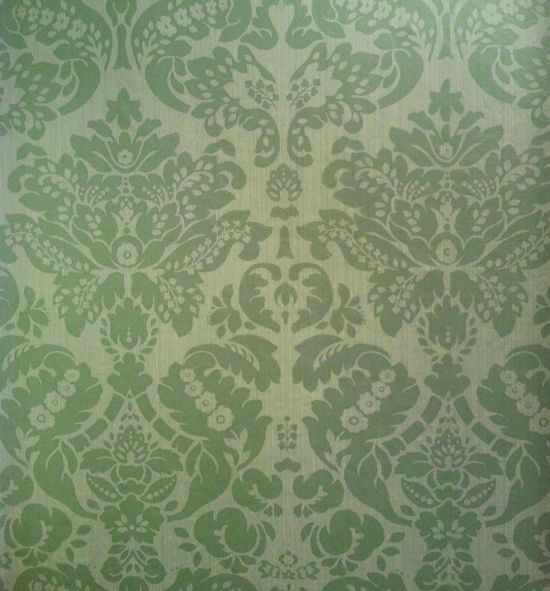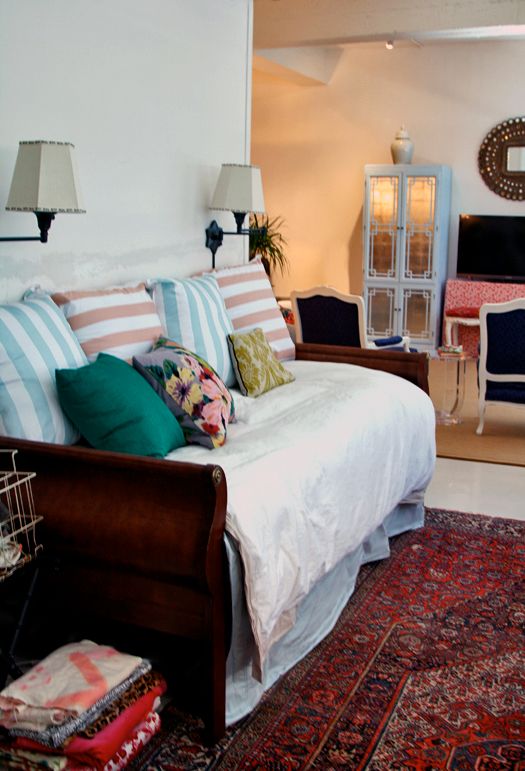I get a lot of questions about the business of blogging. I've posted about my thoughts on growing blog traffic
here, but I thought it might be a good idea to talk about advertising. It seems like it's the elephant in the room with the blogging community lately and I always feel better when I am open and honest. So bear with me here.
In
this post on Cup of Jo, I mentioned that a year or two ago my blog transitioned from a hobby into a paying job. I think at the time I had about 250,000 monthly page views (just in case you're a fellow blogger and wanting a reference point). I noticed about then that I was spending 20-40 hours a week working on my blog. Every day I would get 100-200 emails. I get more now. Some are press releases or ridiculous, basically spam emails. But many require responses. The time to read and respond to even a quick email really adds up.
Then there's the actual posting. As you fellow bloggers know, even the simplest posts take about an hour to put together -- Editing and uploading the photos takes the most time. Linking takes a while. And then writing the copy can be really time consuming. The longer posts require 3-6 hours of work just to put together - not counting the time to actually do the project or photograph the room, etc. Crazy, right?
I hope to not come across as defensive or like I'm complaining. I'm just trying to keep it real. Seriously, I really, really love my job. I'm so grateful to you readers and the support you guys give me and my family. Every now and then I get a nasty commenter, but for the most part, you guys are only ridiculously sweet and supportive. Virtual hearts!
All this to say that there is usually sort of a turning point when a blogger can start to feel like what they have is more like a business and less like a hobby. For some, this is when the sparkle of blogging starts to fade because it is easy to get caught in the weeds of the business/administrative side of things. I don't think this is a job a person can do unless they are passionate about the subject matter. That said, it can get hard to dedicate the time necessary to maintain something that's just a hobby. Eventually it needs to make financial sense too.
A couple years ago, I started using
Google Adsense as a way to offset the cost of blogging - both in terms of time and the expense of the projects I was posting about. Adsense is a free service that is open to any blogger. Though I think they suggest waiting to add the program to your site until you're getting about 10,000 page views a month (I suggest using Google Analytics for traffic tracking). Adsense pays based on traffic and ad clicks. I did Adsense for a couple years and I also accepted (still accept!!) private sponsors, who advertise with the banners in the column to the right.
Earlier this year I was signed by
Federated Media, which I was thrilled about. FM is an amazing ad network run by creative, thoughtful people. It had been a dream of mine to work with FM and I'm giddy that I can call myself one of their authors.
FM now manages the ads that you see on my site (excluding the private, small business ads previously mentioned). Also, I recently decided that I am going to try out hosting sponsored posts on LGN. I like to think of a sponsored post as a lot like a commercial. Some of them will be posts that I write, others might be something written by the sponsor.
This has been a tough choice. I am not making a fortune off of my site. I'm sure I'd make a better living if I spent all my time decorating. I keep blogging though because I think it will continue to provide me with good opportunities in the future, but most of all because I love blogging and I love my readers.
Have you been sensing how fast and furious the blog industry is growing? It's really fascinating to me. I've been watching, like you have too, I'm sure, as bloggers have begun to really capitalize on the success of their blogs. I think that some bloggers are handling it *just right*. Sometimes I feel like others might be acting a little sneaky with how they're monetizing their blogs. I worry those few bloggers in the minority are giving the rest a bad rap and making some readers annoyed whenever they see an ad. Me, personally, as a reader, I get it. We all need to make a living and I don't hold that against anyone else. But, me as a blog author, I never, ever, ever want money-making opportunities to overshadow the genuine, hard work I put into this site.
I know not everyone will love seeing these occasional "commercials" but here's what I can promise:
1) I will do my best to keep sponsored posts to a minimum. I'm anticipating
only one or two a month.
2) On the very few days that a sponsored post goes up where the content is not mine, I will also be posting a regular content post and I'll try to make it extra good!
3) The words "SPONSORED POST" will be at the top of each of these posts, making it easy to skip past if you're not interested.
4) I am hand-selecting each of my sponsors. I promise to continue to work only with companies that I like and want to support. Not all of them will be design-related companies, but most will. They really will look and feel like commercials.
So there it is. It's not an easy subject to discuss - money and advertising. But after some consideration, I decided it was worth sharing with you lovely, thoughtful readers. Tomorrow my first sponsored post will go live. Thank you in advance for your support with this. I promise to give you lots of the good stuff in return.
xoxox
Jenny
PS Also tomorrow, look forward to a post on making too-small art fit beautifully in large frames!
PPS There has been some further clarification in the comments section, so feel free to read my answers there and ask more questions if you have them. Thanks!
